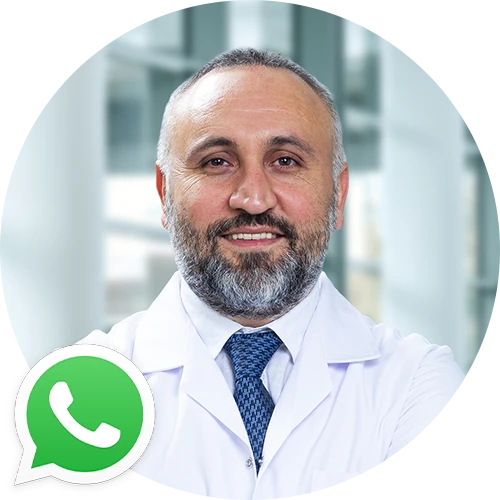Skin tags, medically known as acrochordons, are small, benign growths that can appear on various parts of the body, including the eyelids. These fleshy protrusions are typically harmless but can be a cosmetic concern, especially when located on the eyelids. This article delves into safe and effective methods for their removal, focusing on the delicate nature of eyelid skin.
Understanding Skin Tags on Eyelids
Causes and Characteristics: Skin tags are composed of fibers, ducts, nerve cells, and fat cells. They are more common in areas of friction and are believed to be associated with age, genetics, and certain medical conditions like diabetes.
Why Eyelid Skin Tags Need Special Care: The skin around the eyes is thinner and more sensitive, requiring careful handling to avoid damage and ensure optimal healing.
Professional Removal Methods
Cryotherapy: This method involves freezing the skin tag with liquid nitrogen. It’s a quick procedure but requires precision when performed near the eyes.
Electrosurgery: Burning off the skin tag using high-frequency electrical energy is another effective method. It must be done by a skilled professional to prevent damage to surrounding eye tissue.
Excision: Small scissors or a scalpel are used to cut off the skin tag. While simple, it requires a steady hand and is often used for larger skin tags.
Laser Removal: A focused beam of light is used to remove the skin tag, offering high precision, which is essential for eyelid procedures.
Choosing the Right Professional
- Consult a Dermatologist or Ophthalmologist: Specialists in skin and eye health can assess and recommend the most appropriate removal method.
- Experience and Credentials: Ensure the professional has experience with delicate procedures around the eyes.
Preparing for the Procedure
- Initial Consultation: Discuss your medical history, potential risks, and the procedure’s details.
- Pre-Procedure Instructions: Follow guidelines provided by your healthcare provider to prepare for the treatment.
Post-Removal Care and Recovery
- Aftercare Instructions: Learn how to care for the area post-procedure to encourage healing and prevent infection.
- Monitoring for Complications: Be aware of signs of infection or other complications and contact your healthcare provider if concerns arise.


